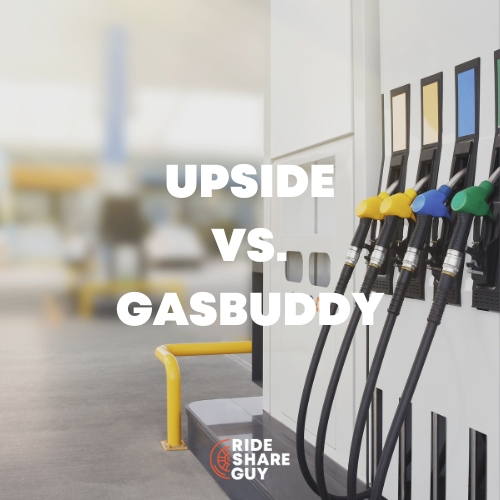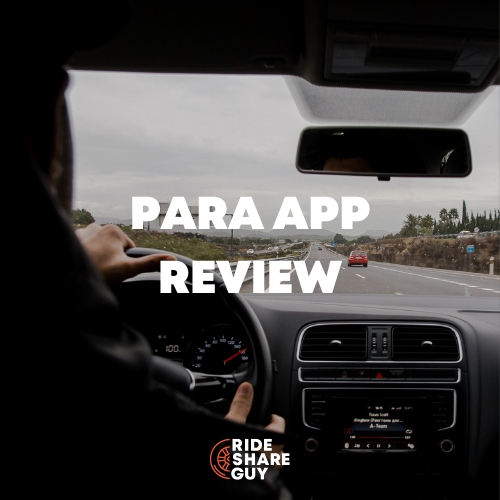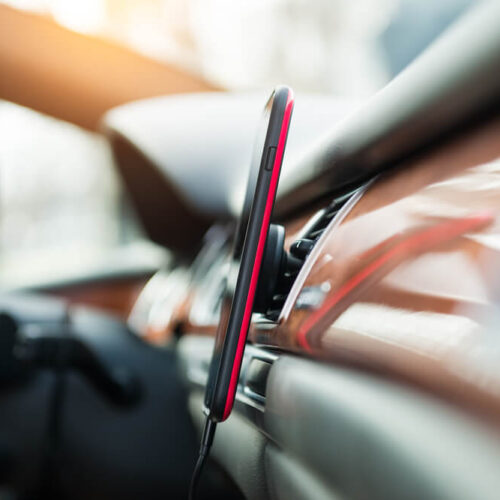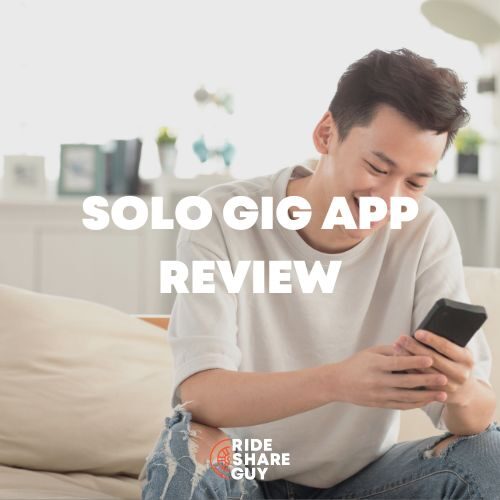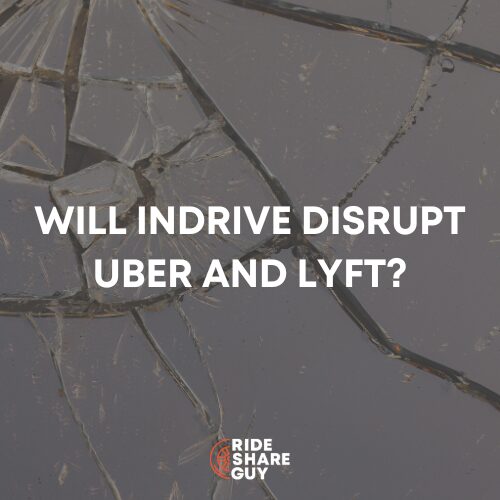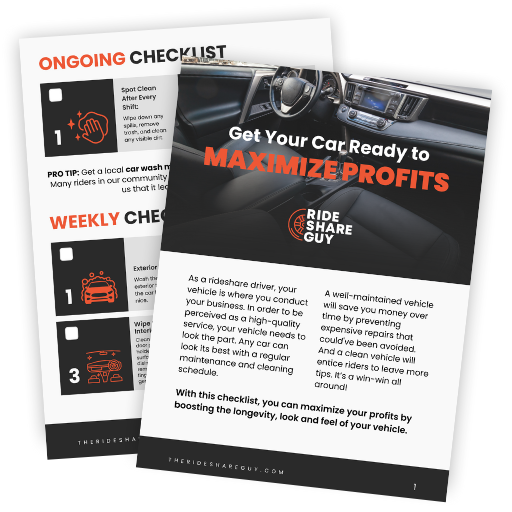RSG senior contributor Sergio Avedian successfully figured out months before Uber brought the surge multiplier back in California replacing the Penny Surge (Flat Rate Surge). Now, he is at it again, and he thinks Uber has a big problem with its California drivers. What are these new ‘trip premiums’ and how will they affect drivers? We break it down below.
Ever since Uber implemented major changes for its California drivers due to AB5, I am trying to get my head to stop spinning. Will these seemingly positive changes improve the bottom line of drivers? I have my conclusions on an upcoming RSG article but here’s a hint: I have truly enjoyed driving knowing the destination of the passenger.
One big benefit to knowing passenger destination? Being able to decline unprofitable short rides! Alas, it looks like Uber’s on to us, fellow California-drivers, because here comes a new change: Uber’s Trip Premium.
Quick links:
- Get all the latest rideshare news when you sign up for our email list!
- Want to learn more driving strategies? Sign up for Driving Coaching here
- Learn more about Sergio’s ‘surge only’ strategy here
Uber Wants You To Take the Short Rides: Here Are The ‘Trip Premiums’
I’m not the only one who enjoyed being able to decline short rides – many drivers I’ve spoken with have similarly low acceptance rates (ARs) because of this new-found flexibility.
However, short rides are part of Uber’s bread and butter, meaning they make money on short rides! As I expected, it did not take long for Uber to react and try to remedy this situation.
Yesterday, I turned my driver app on and saw the following:
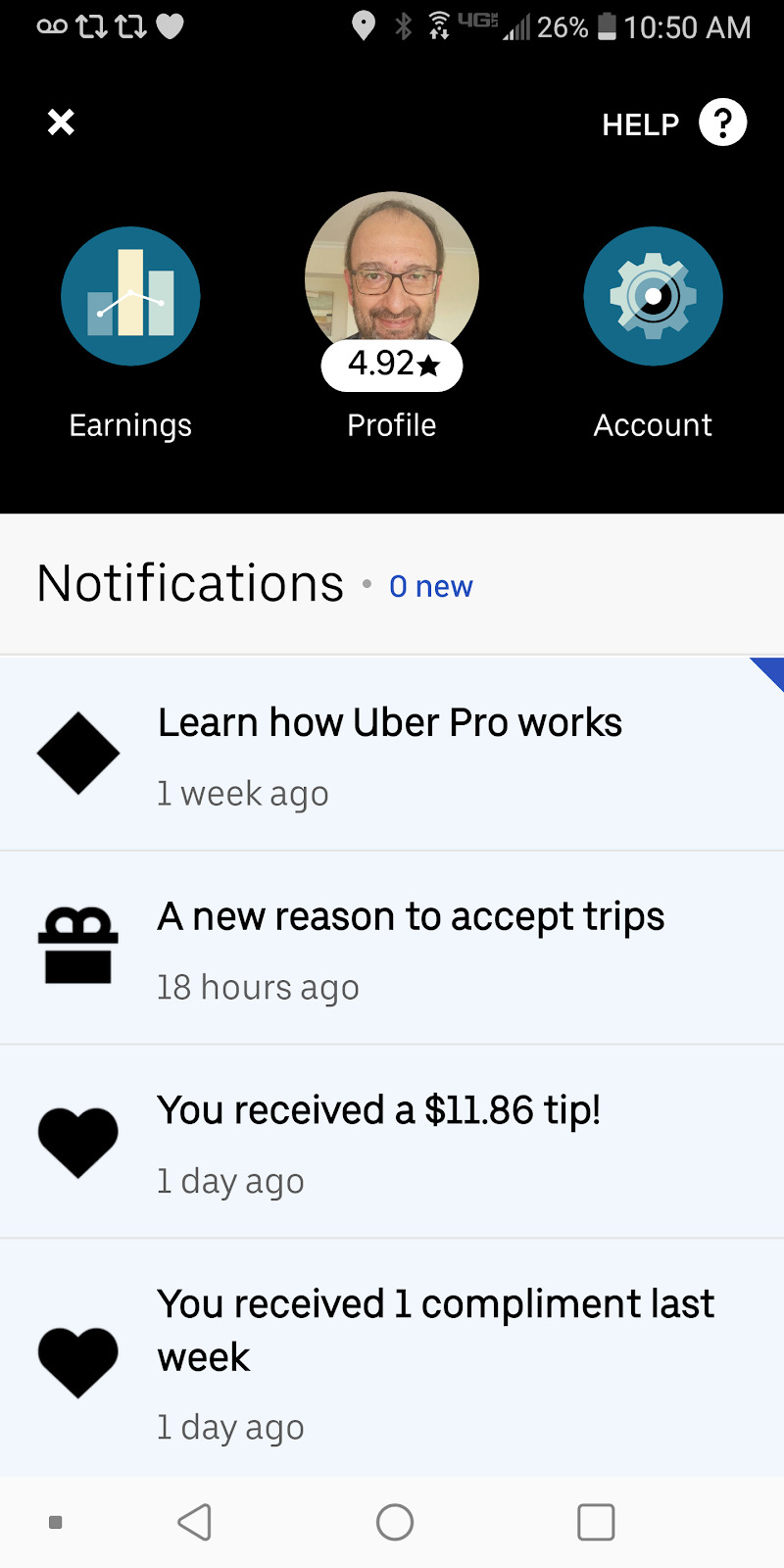
Uber is giving drivers a new reason to accept trips!
I was curious, so I clicked on the tab and saw the following:
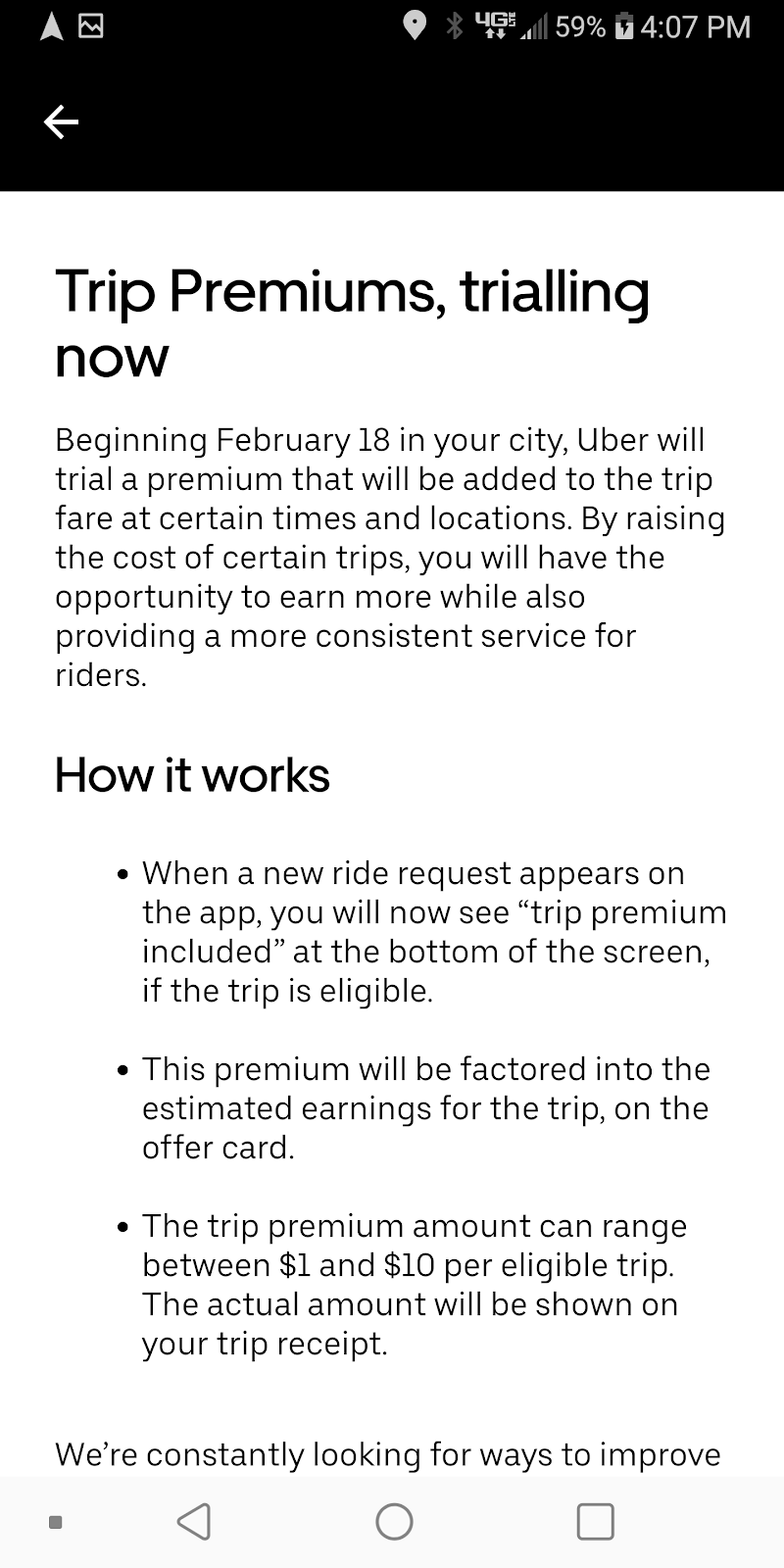
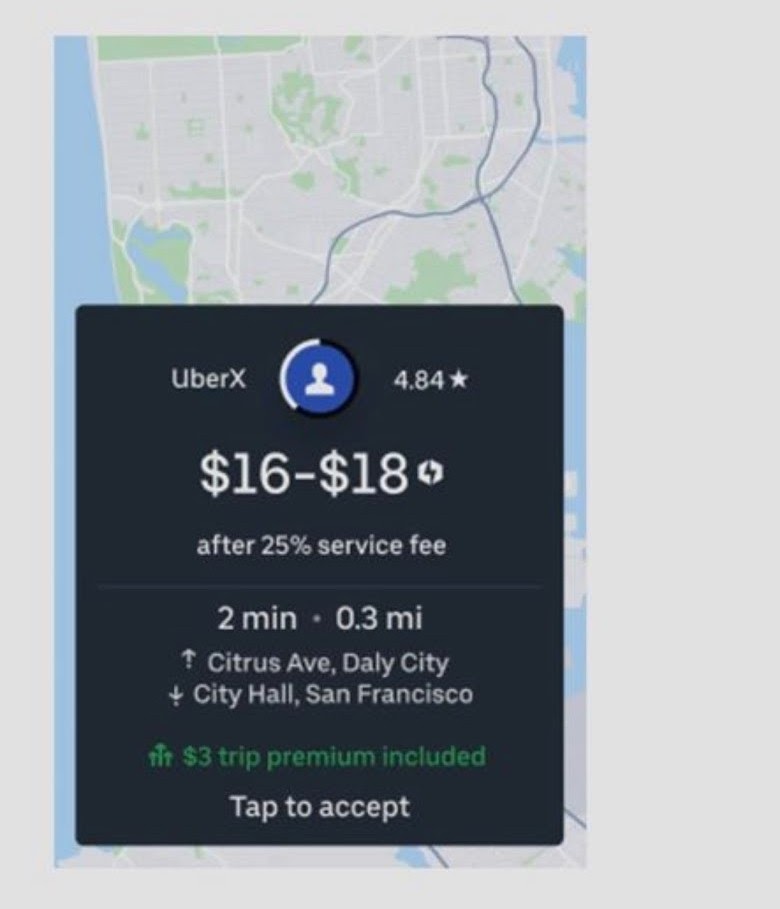
This announcement, highlighting ‘trip premiums’, immediately confirmed to me that Uber is hurting. Most likely Uber is losing a lot of short trips to its nemesis, Lyft, since there is no brand loyalty for TNC passengers. Short trip pickup requests must be getting declined by the millions!
This trial will be for two weeks and will commence in San Francisco, Los Angeles, and San Diego as of February 18, 2020!
Breaking Down the Trip Premiums
Let’s analyze the ping screen above. I would take that ride in a heartbeat! But in typical Uber fashion, transparency is not exactly its strong suit.
In this example, Uber posted a ride of 0.3 miles and 2 minutes in length for an estimated gross income of $16-18 for the driver. There’s your hint – this trial is designed for drivers to pick up short rides!
I know from experience that this type of ride would not make a driver that kind of money unless it is on a 5X surge, and that’s a hint that it will be available during morning and evening rush hour when surge is plentiful.
If the passengers are going to be paying for these ‘Trip Premiums’ (all indications are that they will) and since drivers don’t see the full fare receipt any longer, will Uber keep some of this Premium? Will the riders fork up the extra few dollars to get picked up quickly?
Or will they blame the driver and retaliate with lower ratings? Will these Trip Premiums be enough to solve Uber’s problem?
Uber’s Explanation of the New Trip Premiums
RSG reached out to Uber and received this explanation, per an Uber spokesperson:
“We’re running an experiment in several cities in California aimed at improving reliability for trips that have low acceptance rates due largely to changes that were implemented in response to AB5. We expect the experiment to increase acceptance rates on trips that would otherwise be rejected.”
The language here clearly puts the blame on AB5! What better way for Uber to sell this to riders as a direct negative consequence of AB5 and collect more signatures for the 2020 election ballot? Swaying public opinion against AB5 is as important for Uber as it is fighting it in court!
My Thoughts on Uber’s Trip Premiums Experiment
I have always believed that quality over quantity of rides should take precedence. I would rather do three rides during my shift for $150 than 15 rides for $150. My app on hour gross earnings may not be higher than before, but the wear and tear on my body and car will be definitely minimized.
Since Uber replaced its weekly Quest bonuses and Consecutive Ride Bonus (CRBs) with lower Service Fees and Boost zones for California drivers, now more than ever there’s absolutely no reason for a driver to pick up the following types of money-losing rides.
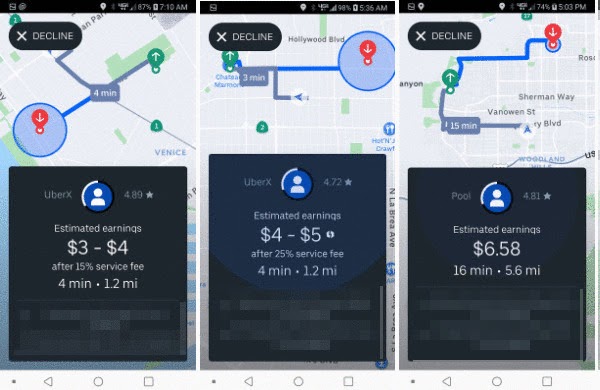
Especially the third one above, where Uber expects a so-called “independent contractor” (IC) driver to drive 15 minutes to pick the passenger up for a ride that is less than 6 miles long and 16 minutes in duration.
More than half an hour of work for $6 and change? I don’t know who in their right mind would accept that ride!
It’s thoughts like this that go through experienced and strategic drivers’ minds that are likely causing Uber to try out this new trip premium experiment. After all, I’m obviously not the only one turning down unprofitable shorties like the rides above.
FAQs for Uber’s Trip Premiums Experiment
How are these fares calculated?
According to an Uber spokesperson we spoke to:
For trips that we think will result in lower acceptance rates, we will calculate an additive amount using structural and real-time signals.
The signals that we use to determine when to apply a trip premium include: the balance of supply and demand in the trip origin and destination; the balance of acceptance and reject rates at the time of the ride request; the trip distance; the trip time; trip fares; and the potential impact of the existing rider surge multiplier.
What will this look like from the passengers’ point of view, and what can they expect to pay?
According to the Uber spokesperson:
The adjustment will be calculated at rider offer time and will be part of the fare range shown to riders before they summon a ride, and will also be shown to a driver before he/she accepts the trip.
The specific amount will change depending on the factors listed above, increasing in conjunction with less desirable trips. Price increases will be between $1 and $10 and capped at 30% of the trip fare.
Which trips will this ‘trip premium’ apply to?
This experiment will apply to:
- UberX
- WAV
- Assist
- Espanol
- UberX Diamond
- Select
Where is this experiment taking place?
Drivers in San Francisco, Los Angeles and San Diego can expect to see this trip premium experiment taking place right now (depending on the trip type, see above).
According to Uber, this is considered ‘granular surge’ – they don’t like charging passengers 3-4x surge on a minimum fare trip costing them $12-$15, including the new Uber Marketplace Fee.
Instead of capping the surge multiplier for the drivers, Uber will bring back the penny surge for short trips! Since the Marketplace Fee is variable, why doesn’t Uber lower that amount for certain trips?
Drivers, is this enough incentive for you to pick up short rides again?
-Sergio @ RSG
Resources:
- Get all the latest rideshare news when you sign up for our email list!
- Want to learn more driving strategies? Sign up for Driving Coaching here
- Learn more about Sergio’s ‘surge only’ strategy here
